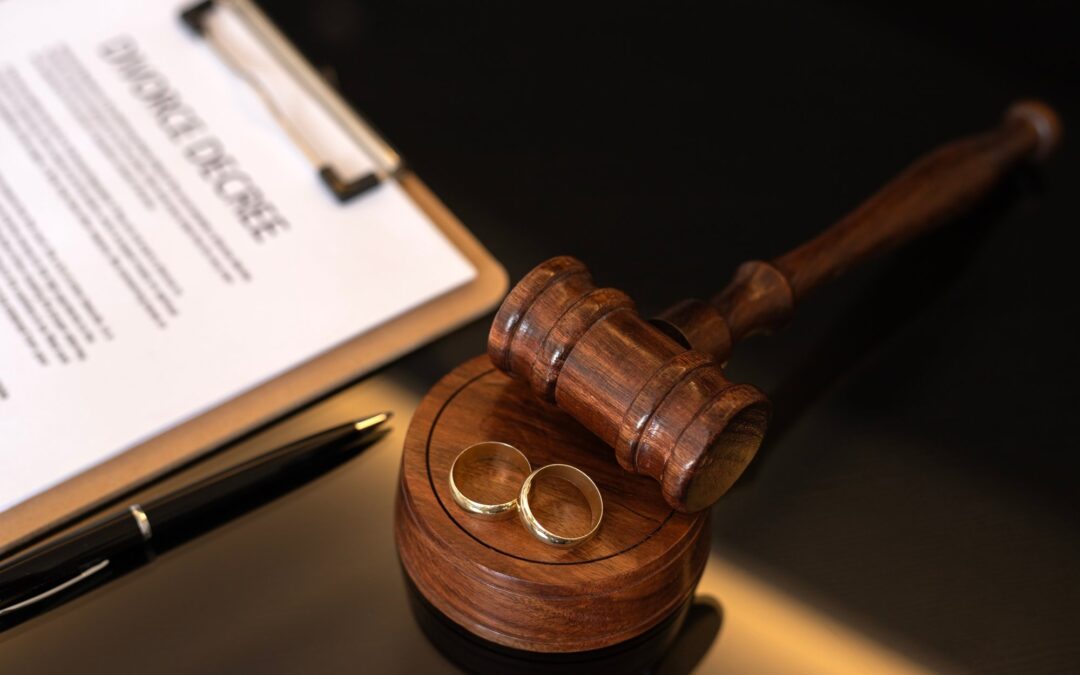All property is not treated equally when dividing up assets in divorce. Some of the most significant differences occur between couples having both passive and active assets. Here are a few tips couples should know about how assets would be divided between them in the event they decide to end the marriage:
Passive Assets
Passive assets are those which increase or decrease in value due to external market conditions. Common examples of passive assets include stocks and bonds, as well as real estate.
When a marriage ends, these assets generally are divided equally. More complicated, however, is the valuation date the parties use to divide these assets. A court will frequently look at the asset value(s) on the date the divorce action was filed. However, if market forces drove up or down the asset’s value since the filing of the divorce action, a court may also use the date of trial as the valuation date. An example of when this would happen is when an investment increases significantly while the case was pending. In this event, a court is likely to order a date that more accurately reflects the asset’s value at the time of division because why should one party get a windfall when neither party did anything to cause such appreciation.
Active Assets
Active assets are those where a party is actively working the asset on a regular basis which leads to the asset’s growth or appreciation. A business or professional practice would be an example of an active asset.
The spouse who has title to an active asset typically gets 10% of the value automatically because of his or her name recognition and/or reputation in the community the business or professional practice is serving. Thereafter, the court will first look at when the business was started. If the business started before the marriage, the non-titled spouse’s claim is limited to the business’s appreciation from the date of the marriage. If the business was started during the marriage, then the non-titled spouse has a claim for a percentage of the appreciation from the start of the business.
To determine the size of the non-titled spouse’s claim on the active asset, a court considers the degree of contributions made by the non-titled spouse to the business. These contributions may be directly to the asset (ex. working in the family business) or indirectly (i.e., working in the home or making contributions through other work).
Where the non-titled spouse made indirect contributions to the asset, his or her claim is likely to be around 25% or less. If, however, the non-titled spouse has made direct contributions to the business or professional practice, he or she may have a claim for a greater percentage of its appreciation.
Active assets are valued at the time the action was filed because the non-titled spouse should not benefit from the appreciation of an asset when there is no marriage he or she had been contributing to.
Negotiating Property Distribution
During settlement negotiations the parties may agree to reallocate the division of passive assets to compensate for the non-titled spouse’s loss of income from the active assets. The parties may also agree to another property distribution method for tax or other financial reasons.
It is important to have legal and financial experts working with each spouse to help ensure property has been valued correctly and is distributed fairly.
If you are considering divorce, contact us to discuss how we can help protect your interests.

